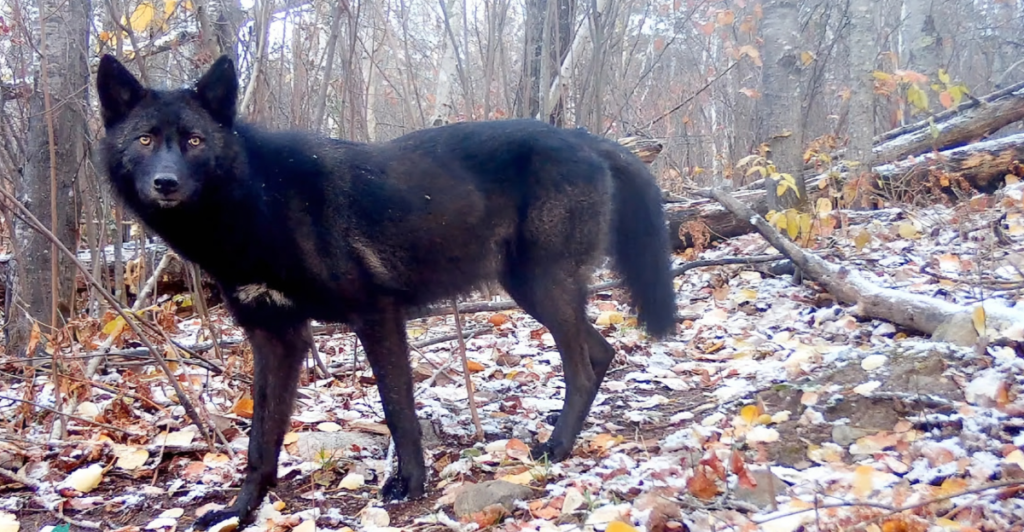
Wolves are some of the most remarkable creatures out there, and these black wolves can be identified by their striking dark coats. This coloration is caused by a mutation in the K locus gene, which is thought to have originated from interbreeding with domestic dogs thousands of years ago. Black wolves are not a separate species but are found within populations of gray wolves across North America.
Oregon
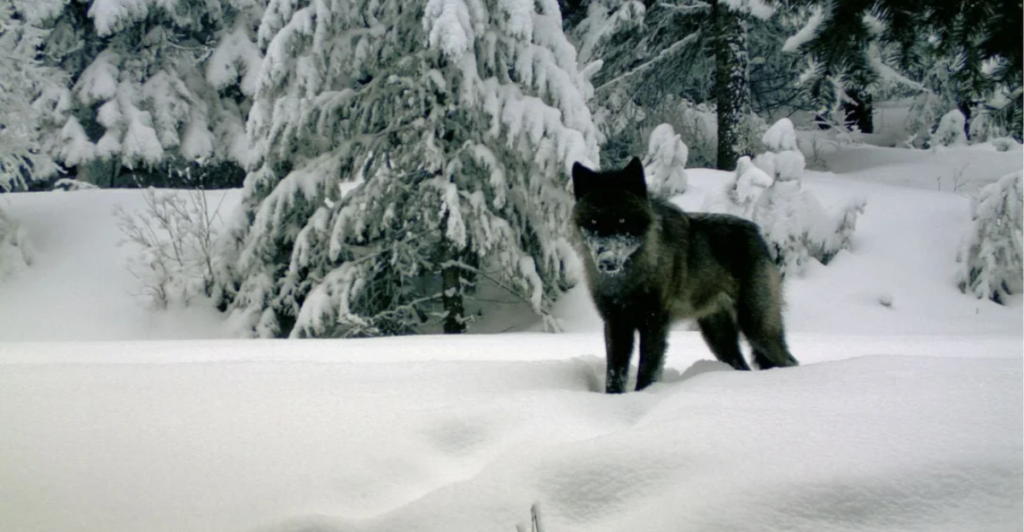
Oregon’s wolf population is estimated at around 178 wolves, with sightings of black wolves becoming more frequent as packs establish themselves in new territories like the Cascade Range. The state has implemented strict protections under its Wolf Conservation and Management Plan to ensure continued growth. Nature enthusiasts who are taking in the wild are likely to have a wolf sighting while out on a hike or camping.
Wolves are still pretty wary of people and will most likely avoid any contact, as they see humans as a potential threat. Their growth has stagnated due to poaching, vehicle collisions, and state-authorized lethal removals in response to livestock depredations. In 2023 alone, 33 wolves were killed by humans, marking the highest number of such deaths since tracking began in 2011.
Washington
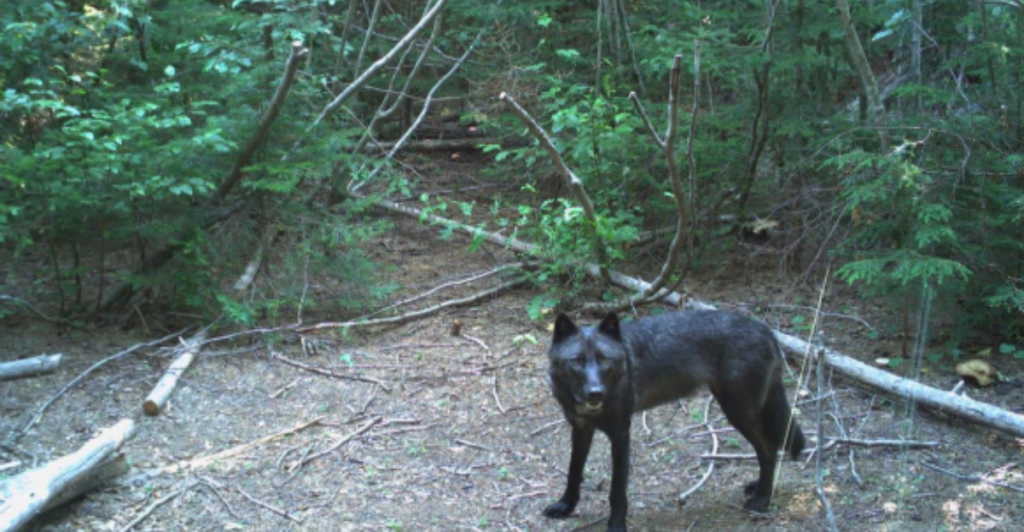
The Rocky Mountains are a great playground for these wolves to live, hunt, and explore the world around them. Washington state has an ever-growing population that is currently estimated to be around 216 wolves. Most of these packs are made up of gray wolves, but black wolves can be found scattered between packs.
Over the past few years, conservation efforts have been made to protect these majestic animals from being lost in the state permanently. The state’s Wolf Plan requires at least four breeding pairs in each of three recovery zones to downlist wolves from endangered to sensitive, but this benchmark has not been met. Human-caused mortality, including poaching and livestock conflicts, remains a threat, with 36 wolf deaths reported in 2023.
Wyoming
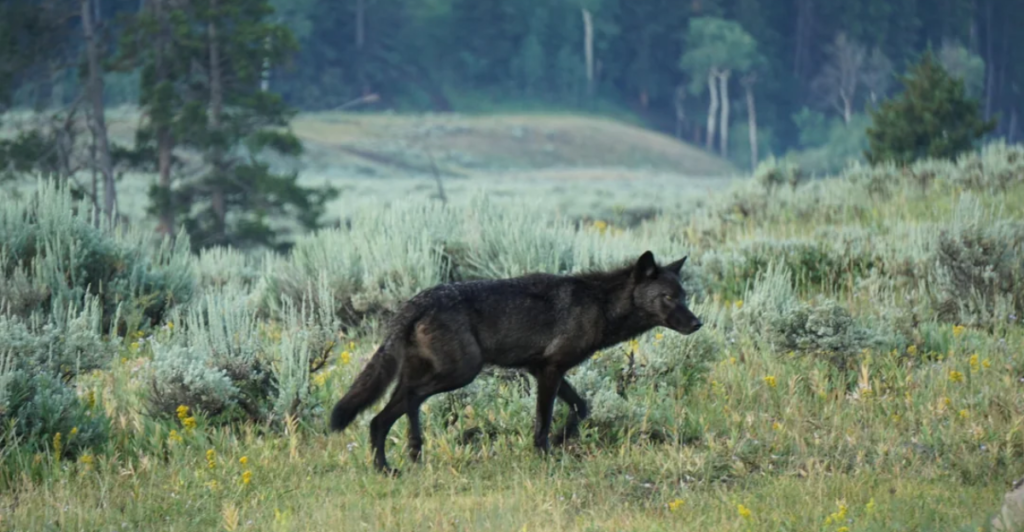
This state has expanding plains and ranging forests that offer the perfect area for these wolves to live and grow their packs. Wyoming has around 338 wolves, including rare black wolves found in Yellowstone National Park and surrounding areas. Yellowstone is particularly significant as it was a focal point for wolf reintroduction efforts in the mid-1990s.
The park provides a protected environment where wolves can thrive without human interference. Conservation efforts are constant to protect these wolves from losing numbers in their population and provide them with a safe area to grow their population. They have reached the 22nd consecutive year that the state exceeded federal recovery criteria, maintaining at least 24 breeding pairs across jurisdictions.
Michigan
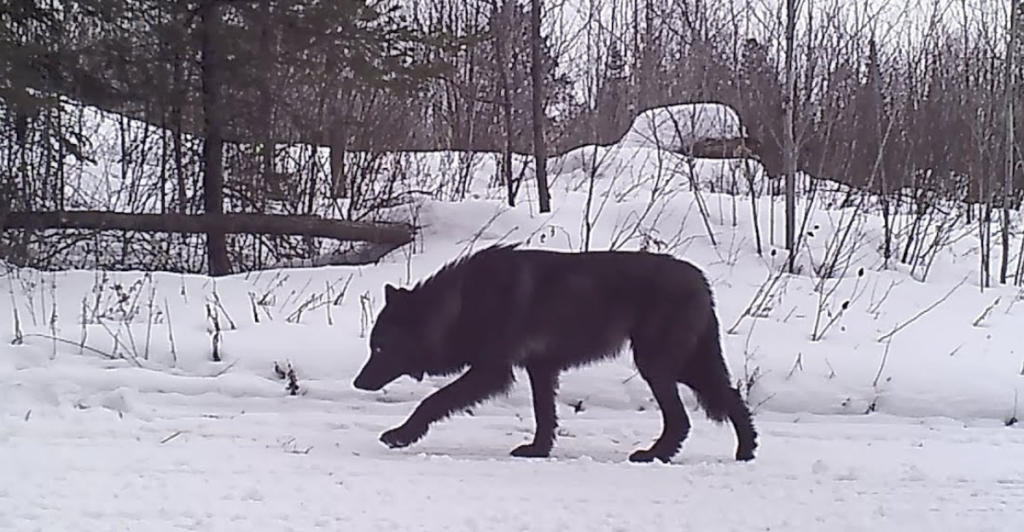
Michigan is home to approximately 631 wolves in the Upper Peninsula. These wolves are accustomed to harsh environments, as they often have to tread through snow-packed forests. Wolves play a big role in the ecosystem, helping to regulate the delicate balance.
Black wolves occasionally appear among these packs, benefiting from federal protections under the Endangered Species Act since their re-listing in 2022. Advocacy groups like the Michigan United Conservation Clubs argue for regulated hunting to reduce conflicts with livestock and deer populations, citing habitat saturation. However, wildlife experts caution that aggressive population control could destabilize packs and increase human-wolf conflicts.
Wisconsin
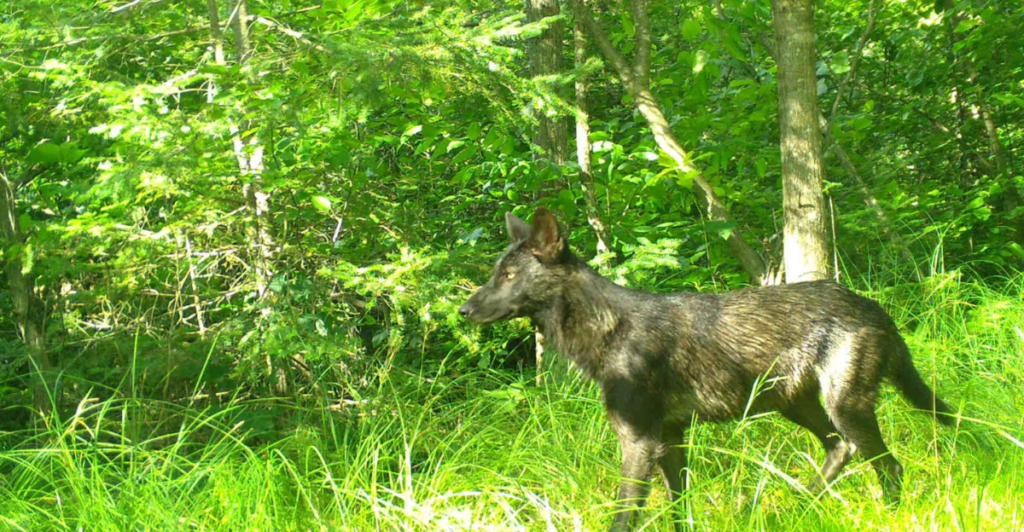
Wisconsin has around 972 wolves, primarily concentrated in its northern forests. Black wolves are rare but present within this population due to genetic variation. These wolves thrive in the woodlands, where they have more than enough prey to grow and thrive.
In 2024, the Wisconsin Assembly passed a bill mandating a cap, though Governor Tony Evers’ stance remains unclear. Federal protections currently prevent hunting, but 113 confirmed wolf depredations (including livestock and hunting dogs) in 2024 have intensified calls for lethal control. Conservation efforts have been crucial in rebuilding wolf numbers after near extinction in the mid-20th century. These wolves’ numbers are constantly growing, showing us just how tough they truly are.
Montana
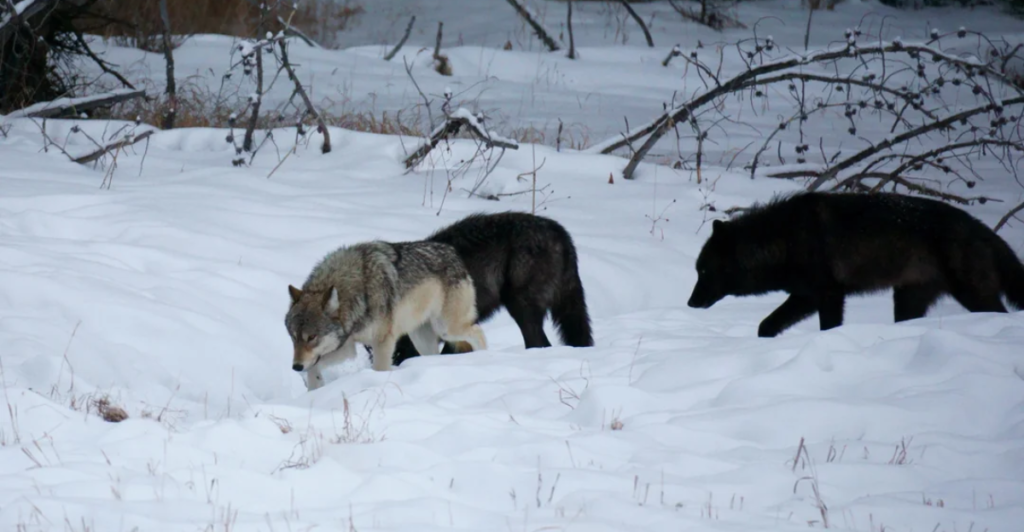
Montana offers a great home for these remarkable wolves, with a population of approximately 1,087 wolves. Black wolves are occasionally spotted in this state’s northern Rocky Mountains region. Montana’s Fish, Wildlife, and Parks Department has implemented controlled hunting practices that stabilize wolf numbers while maintaining genetic diversity.
These packs have vast wilderness areas to roam and thrive while they grow their packs. It can be quite a magical experience to see one of these wolves in the wild, reminding people just how majestic they genuinely are.
Idaho
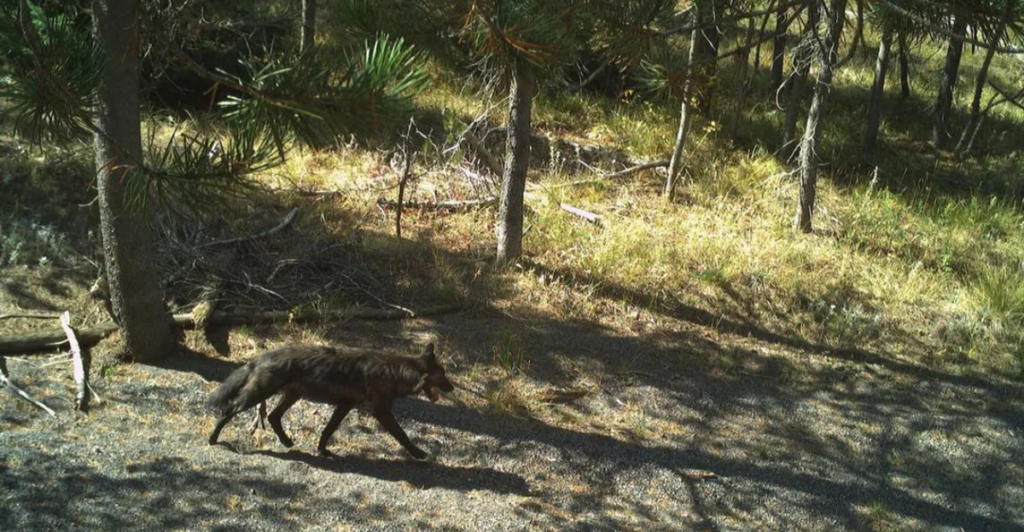
This state is filled with dense forests, making it the perfect home for the 1,337 wolves it hosts. The state allows controlled hunting as part of its wildlife management program, balancing wolf population growth with ecological stability. These wolves play a big part in maintaining the delicate balance in the ecosystem.
Wolves inhabit rugged terrain and dense forests, where they hunt plentiful prey such as elk and deer. Despite hunting pressures, Idaho’s wolf population remains stable and genetically diverse. This state is a great place to spot wolves in their natural habitat.
Minnesota
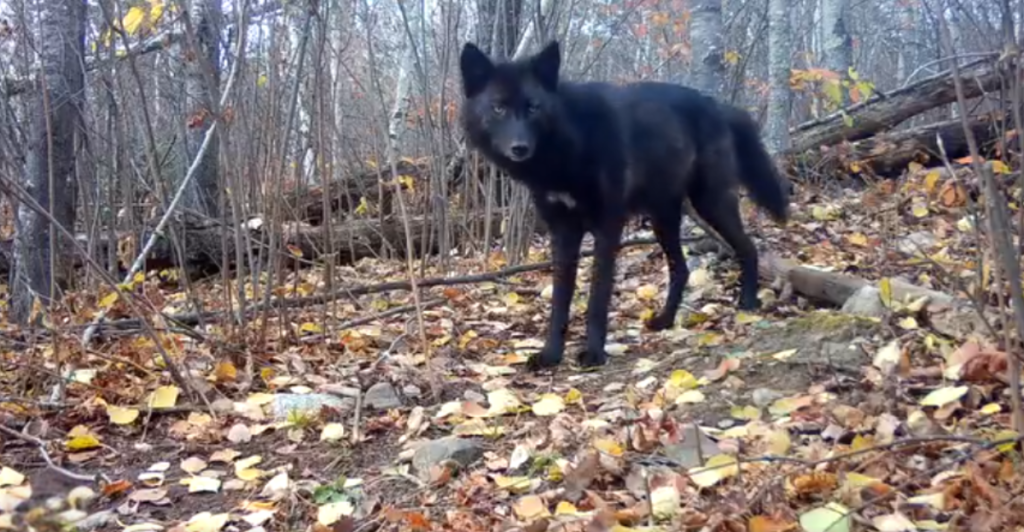
Minnesota is home to approximately 2,696 wolves, making it the second-strongest wolf population in the contiguous United States. The state has prioritized wolf conservation for decades through initiatives like the Endangered Species Act 2014. Due to their genetic variation, black wolves occasionally appear among Minnesota’s packs.
The woodlands are packed with wolves, and their haunting howl can be heard from quite a distance. The Great Lakes have the ideal habitat, with abundant prey like deer and beaver, ensuring the survival of these majestic animals.
Alaska
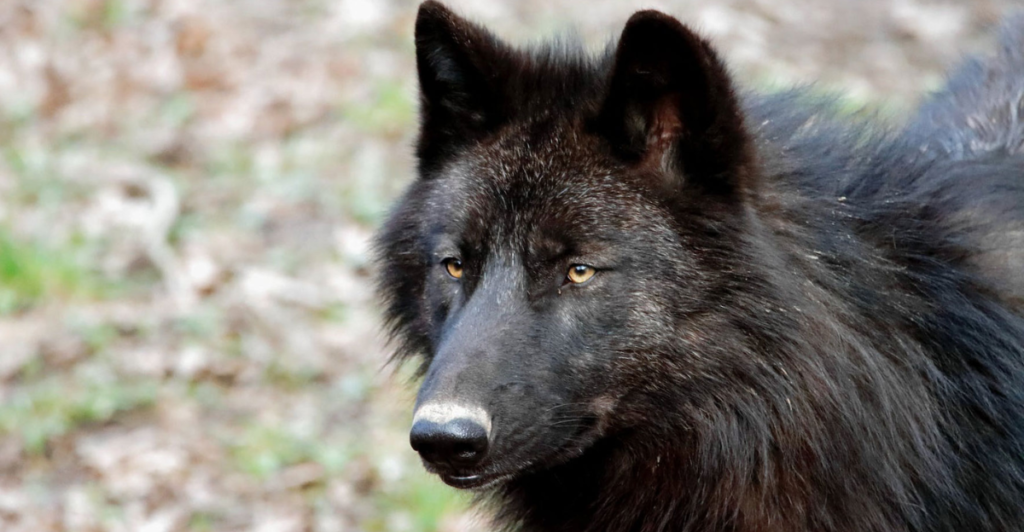
Alaska boasts the largest wolf population in the United States, with an estimated 7,000 to 11,000 individuals. Due to the genetic diversity within this vast population, black wolves are commonly seen here. Wolves inhabit nearly all of Alaska’s mainland and major islands, thriving in rainforests to arctic tundra habitats.
Unlike wolves in other states, Alaska’s wolves have never been classified as endangered, making it a sanctuary for these iconic predators. In 2025, Alaska plans to kill up to 80% of wolves in targeted areas via helicopter hunts, aiming to boost moose and caribou populations—a strategy scientists dismiss as ineffective, citing disease and harsh winters as primary drivers of prey declines.
Explore more of our trending stories and hit Follow to keep them coming to your feed!

Don’t miss out on more stories like this! Hit the Follow button at the top of this article to stay updated with the latest news. Share your thoughts in the comments—we’d love to hear from you!







